News Desk
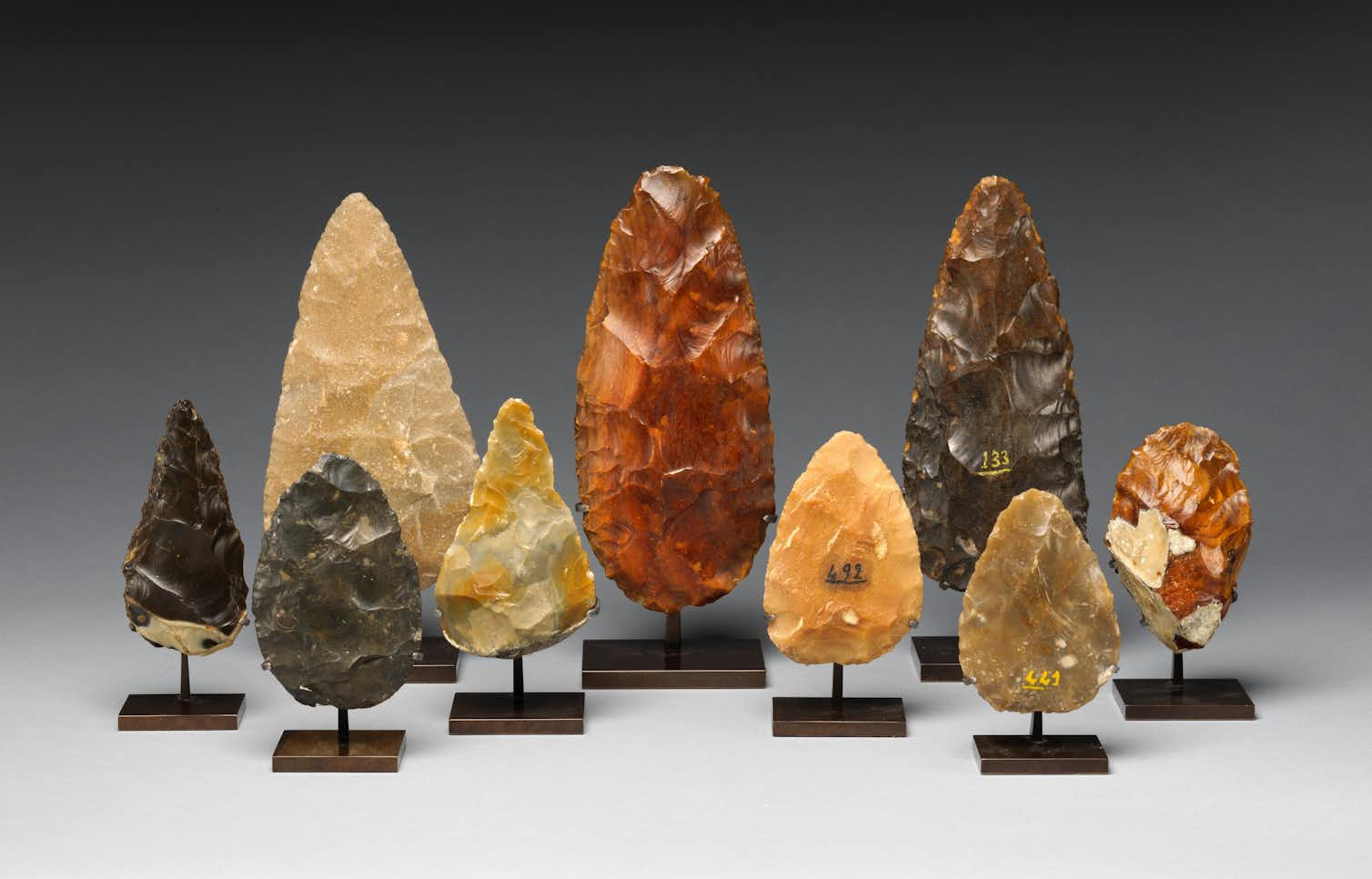
Neanderthals had big brains, language and sophisticated tools. They made art and jewellery. They were smart, suggesting a curious possibility. Maybe the crucial differences weren’t at the individual level, but in our societies.

Some physicists have long suspected that mysterious ‘ghost’ particles in the world around us could greatly advance our understanding of the true nature of the Universe.

Centuries-old codices from what is now Mexico hold a wealth of knowledge about the Aztecs in their native language, including details about the founding of their capital, their conquests and their fall to the Spanish, according to Mexico’s National Institute of Anthropology and History (INAH).

In their project, reported in the journal Scientific Reports, the group studied petroglyphs made between 3,000 and 9,000 years ago.

New research, published in Quaternary Science Reviews, shows that Aboriginal people repeatedly lived on portions of this coastal plateau. We have worked closely with coastal Thalanyji Traditional Owners on this island work and also on their sites from the mainland.
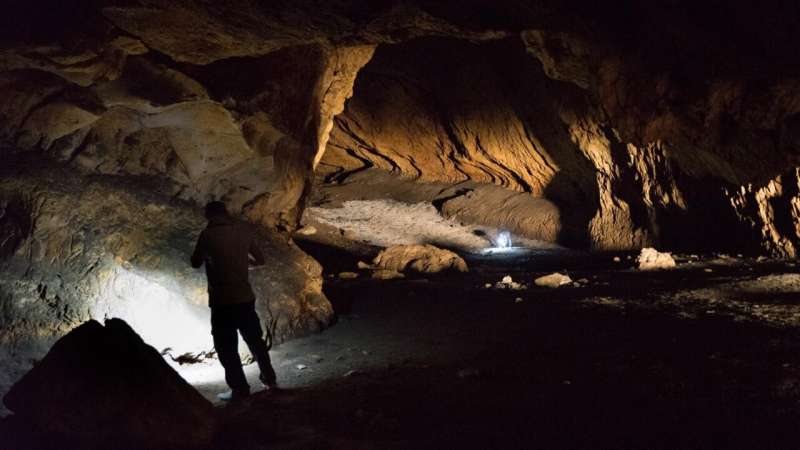
A new study combining genetic, paleoecological, and archaeological evidence has unveiled the Persian Plateau as a pivotal geographic location serving as a hub for Homo sapiens during the early stages of their migration out of Africa.
A recent study published in Science Advances sheds light on why certain rhythms make us want to dance more than others. By analyzing brain activity and the sensation known as ‘groove,’ researchers discovered that a rhythm of moderate complexity triggers the highest desire to move.
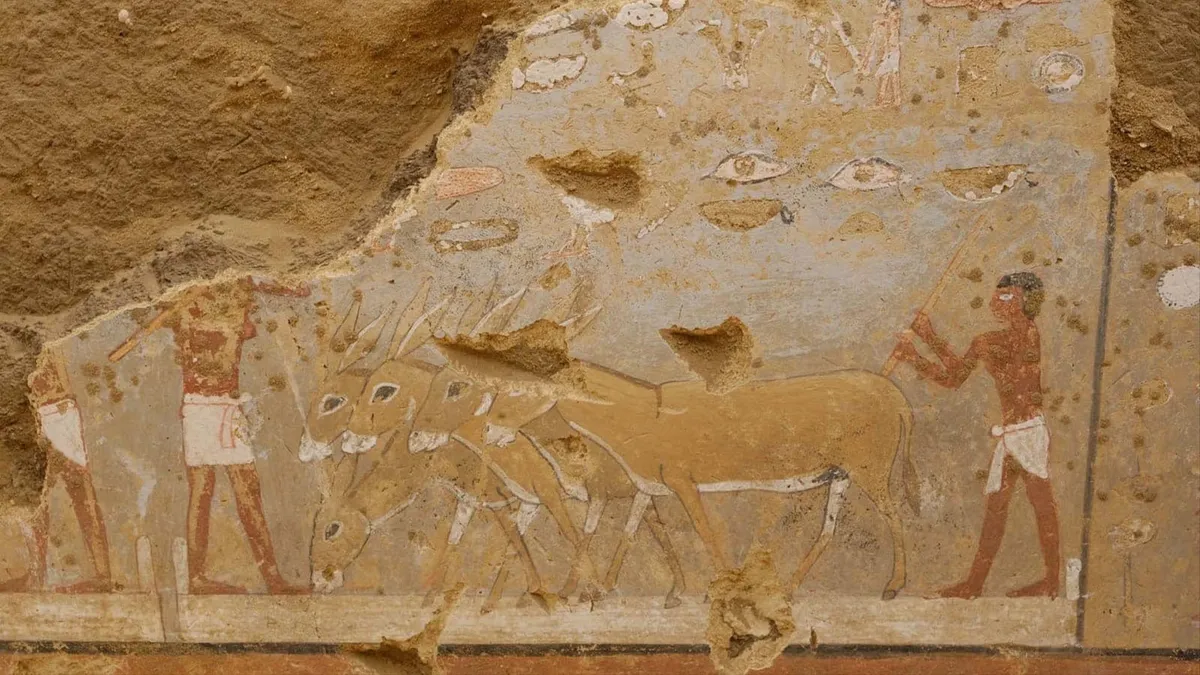
Archaeologists in Egypt have discovered a 4,300-year-old tomb with remarkable wall paintings illustrating everyday life. The tomb is located at Dahshur, a site with royal pyramids and a vast necropolis that’s about 20 miles (33 kilometers) south of Cairo. When the team returns to the field, they plan to excavate the burial shafts to see if any mummies remain.

The civilization of Indus River Valley is considered one of the three earliest civilizations in world history, along with Mesopotamia and Egypt.
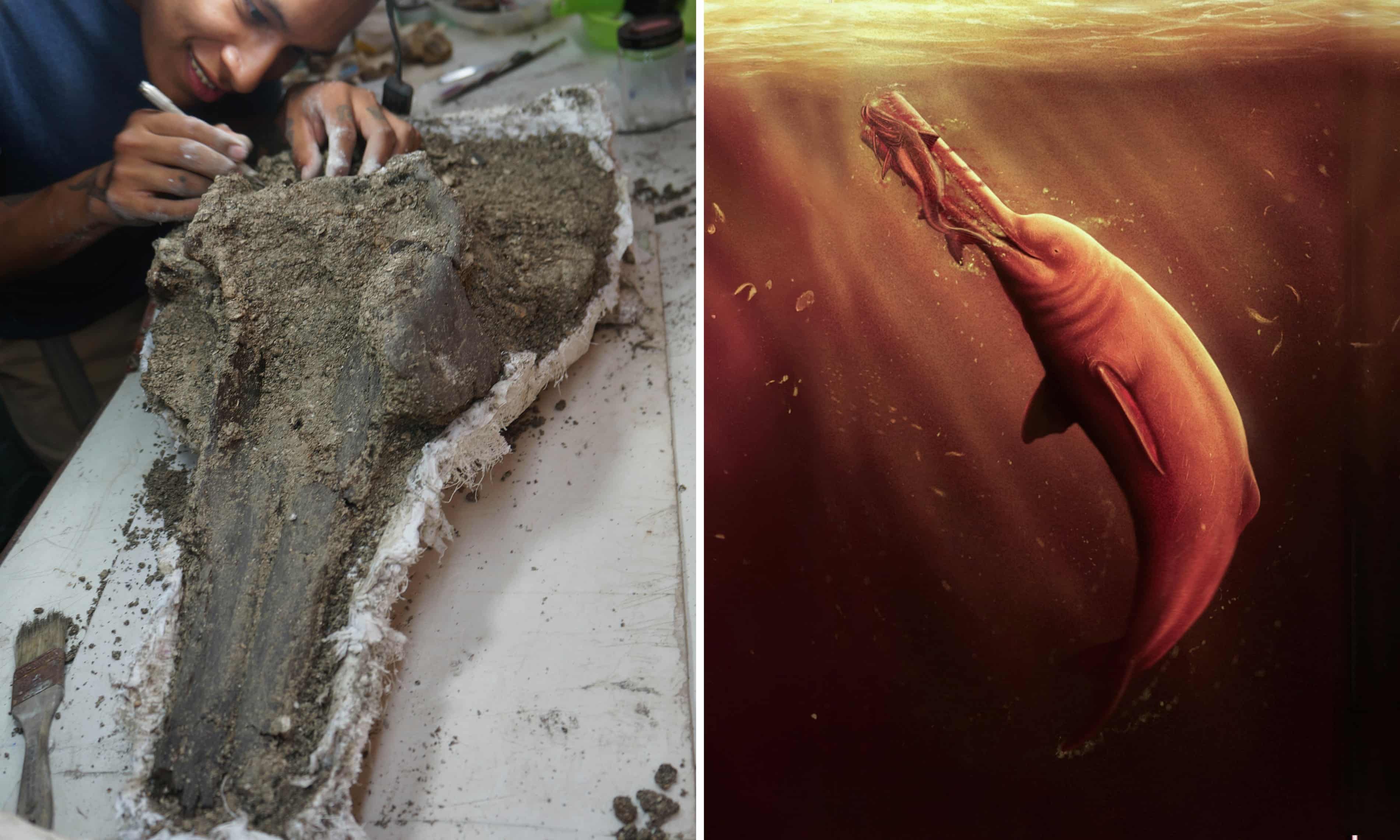
Scientists have discovered the fossilised skull of a giant river dolphin, from a species thought to have fled the ocean and sought refuge in Peru’s Amazonian rivers 16m years ago. The extinct species would have measured up to 3.5 metres long, making it the largest river dolphin ever found. See the study here.

A new study published in Nature, suggests that humans also may have dispersed during arid intervals along “blue highways” created by seasonal rivers. Researchers also found evidence of cooking and stone tools that represent the oldest evidence of archery.

The excavation site is located at an industrial park near Magdeburg, the capital of the German state of Saxony-Anhalt. It includes a pair of 6,000-year-old “monumental mounds” that contain multiple burials, according to a statement from the State Office for Monument Preservation and Archaeology of Saxony-Anhalt.

A team of researchers led by archeologist Juan Gibaja of the Spanish National Research Council has described a quintet of canoes dredged up from a Neolithic lakeshore village near Rome, Italy, that reveal the sophisticated boat-building techniques of seafaring communities in the region. The study has been published in PLOS ONE.
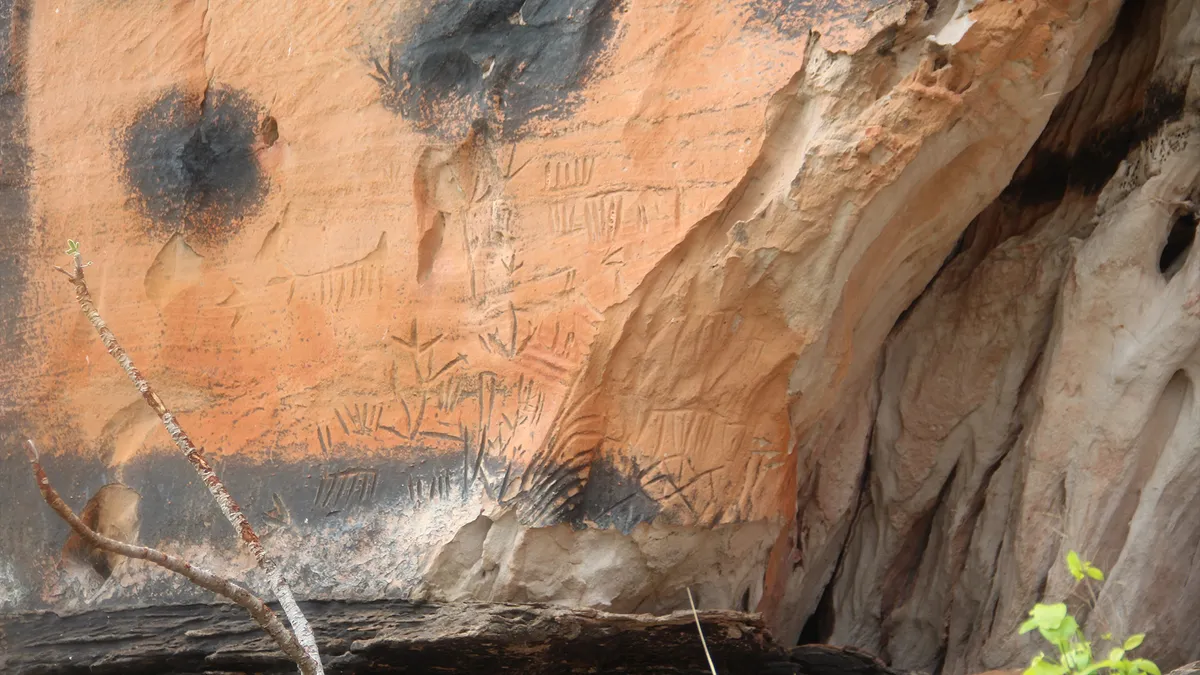
Brazilian archaeologists have discovered a vast number of 2,000-year-old rock carvings that depict human footprints, celestial-body-like figures, and representations of animals, such as deer and wild pigs.

A major report on the remains of a stilt village that was engulfed in flames almost 3,000 years ago reveals in unprecedented detail the daily lives of England’s prehistoric fenlanders.
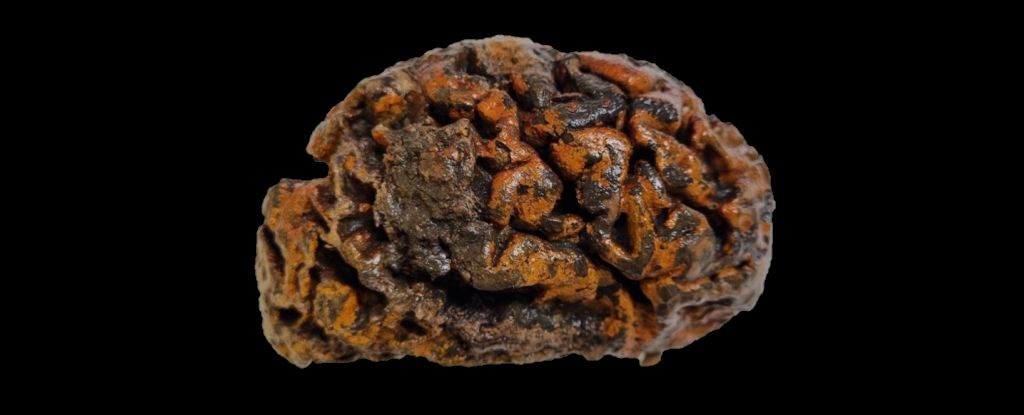
A new study has cataloged human brains that have been found on the archaeological record around the world and discovered that this remarkable organ resists decomposition far more than we thought – even when the rest of the body’s soft tissues have completely melted away.








